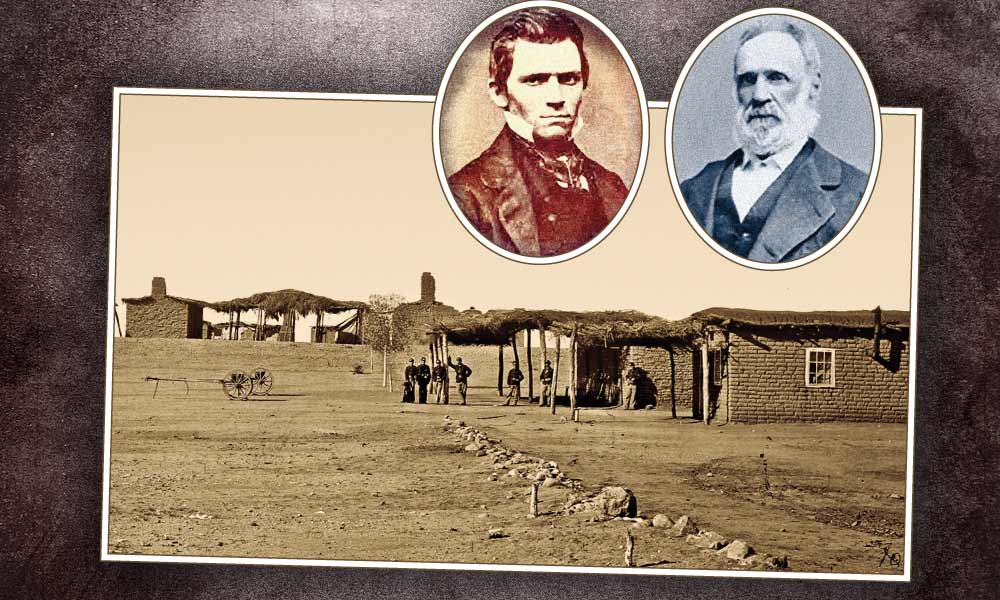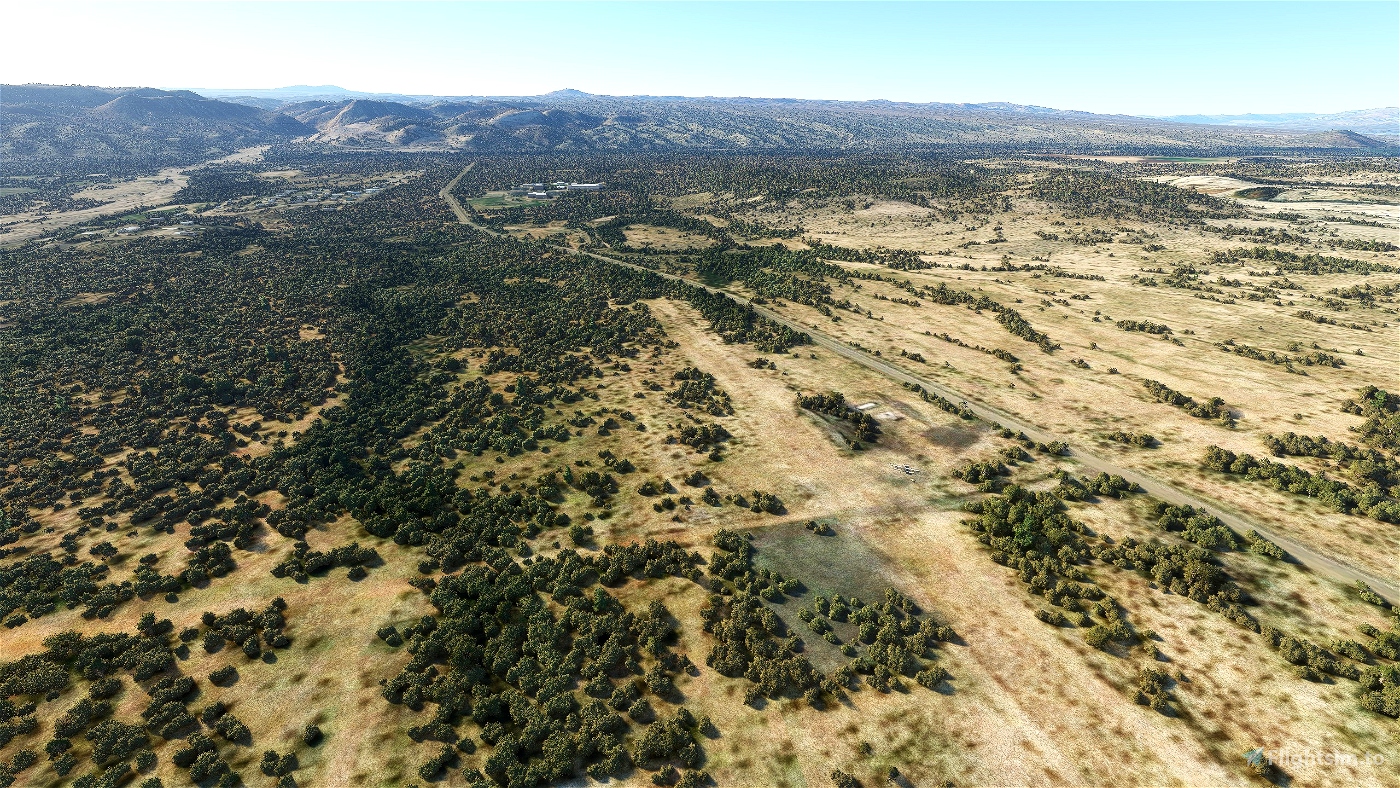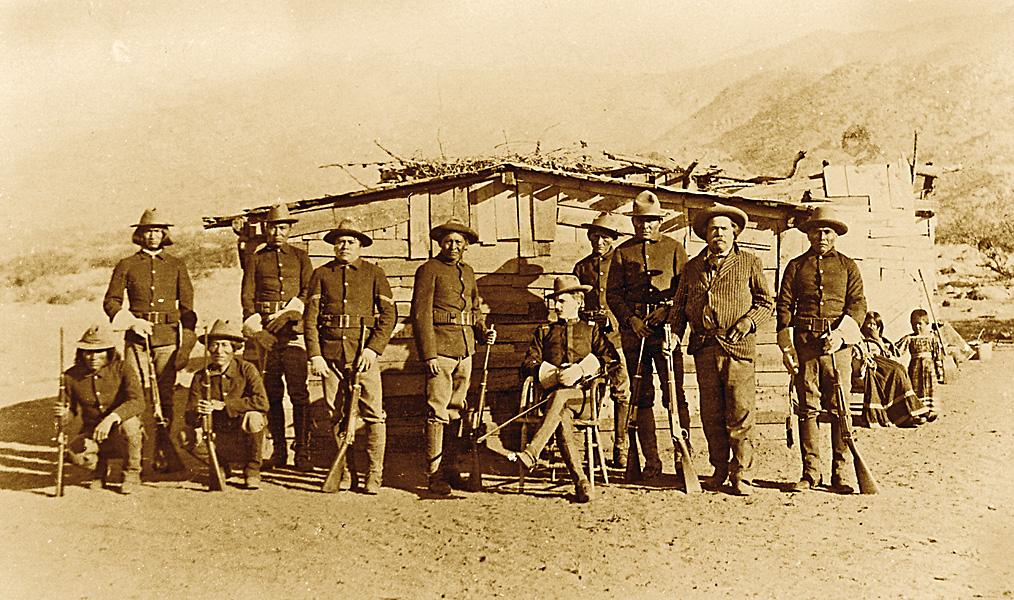
Camp grant arizona hires stock photography and images Alamy
Camp Grant was the name used from 1866 to 1872 for the United States military post at the confluence of the San Pedro River and Aravaipa Creek in the Arizona Territory. It is near the site of the Camp Grant massacre. The post was first constructed in 1860, and between 1860 and 1873, the post was abandoned or destroyed and then rebuilt multiple.

Camp Grant
In the pre-dawn hours of April 30, 187 at Camp Grant, Arizona, eight men and 110 women and children were brutally murdered in the brief span of 30 minutes. In addition, 28 Arivaipa Apache papoose were kidnapped from the grisly scene for sale in the child slave trade.

Camp Grant
Many Arizonans blamed the Camp Grant Apache. At dawn on April 30, a group of nearly 150 Americans, Mexicans and Tohono O'odham Indians attacked the camp. Most of the Apache men were away hunting, leaving behind women, children and old people. More than 100 Apache were killed; about 30 children were sold into slavery. No-one was ever punished.

The Camp Grant Massacre True West Magazine
Camp Grant was located on the east side of the San Pedro River, north of where the Aravaipa Creek meets the San Pedro River, between Mammouth and Winkelman, AZ. Camp Grant was moved in 1872 to the south side of Mount Graham due to an increase in malarial infections in the troops. Soon after, 1,500 Aravaipa and Pinal Apaches were moved to San.

The Camp Grant massacre near Tucson, Aravapai haunted!
Camp Grant Massacre, Arizona. Situated at the confluence of the San Pedro River and Aravaipa Creek, the location of Camp Grant was the home of the Arivaipa Apache before they had been driven from it by white settlers. In February 1871, five starving old Aravaipa women came to the camp under a flag of truce asking for sanctuary, which Lieutenant.

Camp Grant overview (upper right) depicts the...
Camp Grant, AZ, in 1870, one year before the tragic massacre of over 100 unarmed Apaches, mostly women and children. (National Archives) Tohono O'odham Indians spearheaded an attack against sleeping Apaches in 1871, but Mexican and white residents of Tucson were behind the notorious Camp Grant Massacre. By 1871 citizens in Tucson, then.
The Camp Grant Massacre
Winner of a National Council on Public History Book Award. On April 30, 1871, an unlikely group of Anglo-Americans, Mexican Americans, and Tohono O'odham Indians massacred more than a hundred Apache men, women, and children who had surrendered to the U.S. Army at Camp Grant, near Tucson, Arizona. Thirty or more Apache children were stolen and.

E72 Camp Grant for Microsoft Flight Simulator MSFS
residents believed the Apache groups living near Camp Grant were responsible. On April 28, 1871, a group of nearly 150 men, Anglo-Americans, Mexican-Americans, and Tohono O'odham,5 set off under stealth with the intent to make war with the Apaches at Camp Grant. This group was composed of some of the most eminent men in southern Arizona, including

The Camp Grant Massacre In Arizona Should Never Be
Depredations were all too frequent. One was the Camp Grant Massacre of 1871. For several years, the U.S. had been trying to either eradicate or pacify the Indian tribes of Arizona Territory, with limited success. A breakthrough came in early 1871, when 1st Lt. Royal E. Whitman took command at Camp Grant, about 50 miles northeast of Tucson.

1871campgrant Desert Archaeology, Inc. Fullservice Cultural Resources Management
Fort Breckinridge, also called Old Camp Grant, in Arizona was the second military post to be established after the Gadsden Purchase.. Troops from the first Fort Buchanan built it in May 1860 at the San Pedro River's confluence and Aravaipa Creek. Its purpose was to protect area settlers and emigrants against hostile Indians and was first called Fort Arivaypa.

Read about The camp Grant massacre Arizona Hiking, Sonoran Desert, National Forest, Native
Camp Grant, named for the famous Civil War general, was an Army post built at the confluence of the San Pedro River and Aravaipa Creek about 70 miles northeast of Tucson. It was located here in the late 1860's so that U.S. soldiers could better protect local settlers and miners who had begun to flood into this area near present-day Winkelman.

Camp Grant Page 2 RPL's Local History
The Camp Grant Massacre is a phantom in Tucson's history, with both a haunting presence and absence.. A map of southern Arizona showing where the Camp Grant Massacre unfolded in relation to the San Carlos Apache Reservation, Pinal and Aravaipa Apache traditional lands, the San Carlos Apache Reservation, and Oak Flat and the proposed mine..

The Camp Grant Massacre In Arizona Should Never Be
Camp Grant, photographed by John Karl Hillers in 1870.. Camp Grant was the name used from 1866 to 1872 for the United States military post at the confluence of the San Pedro River and Aravaipa Creek in the Arizona Territory.It is near the site of the Camp Grant massacre.. The post was first constructed in 1860, and between 1860 and 1873, the post was abandoned or destroyed and then rebuilt.

Camp Grant, Arizona
The Camp Grant massacre culminated in the horrific deaths of 144 Aravaipa and Pinal Apache, nearly all women and children. The bodies were stripped and mutilated. In some cases, it was apparent that women "were first ravished and then shot dead," according to an account in Dee Brown's Bury My Heat At Wounded Knee.

Honorable Warriors True West Magazine
On April 30, 1871, this group entered the encampment of the Pinal and Aravaipa Apache, indiscriminately killing about a hundred women, elders, and others, and driving a few survivors into the surrounding mountains. Some 30 children at the camp were captured to serve as slaves to Tucson's wealthy. The Camp Grant Massacre was celebrated in the.

Scene of the Camp Grant Massacre, Arizona Watercolour World
The Camp Grant massacre, on April 30, 1871, was an attack on Pinal and Aravaipa Apaches who surrendered to the United States Army at Camp Grant, Arizona, along the San Pedro River.The massacre led to a series of battles and campaigns fought between the Americans, the Apache, and their Yavapai allies, which continued into 1875, the most notable being General George Crook's Tonto Basin Campaign.